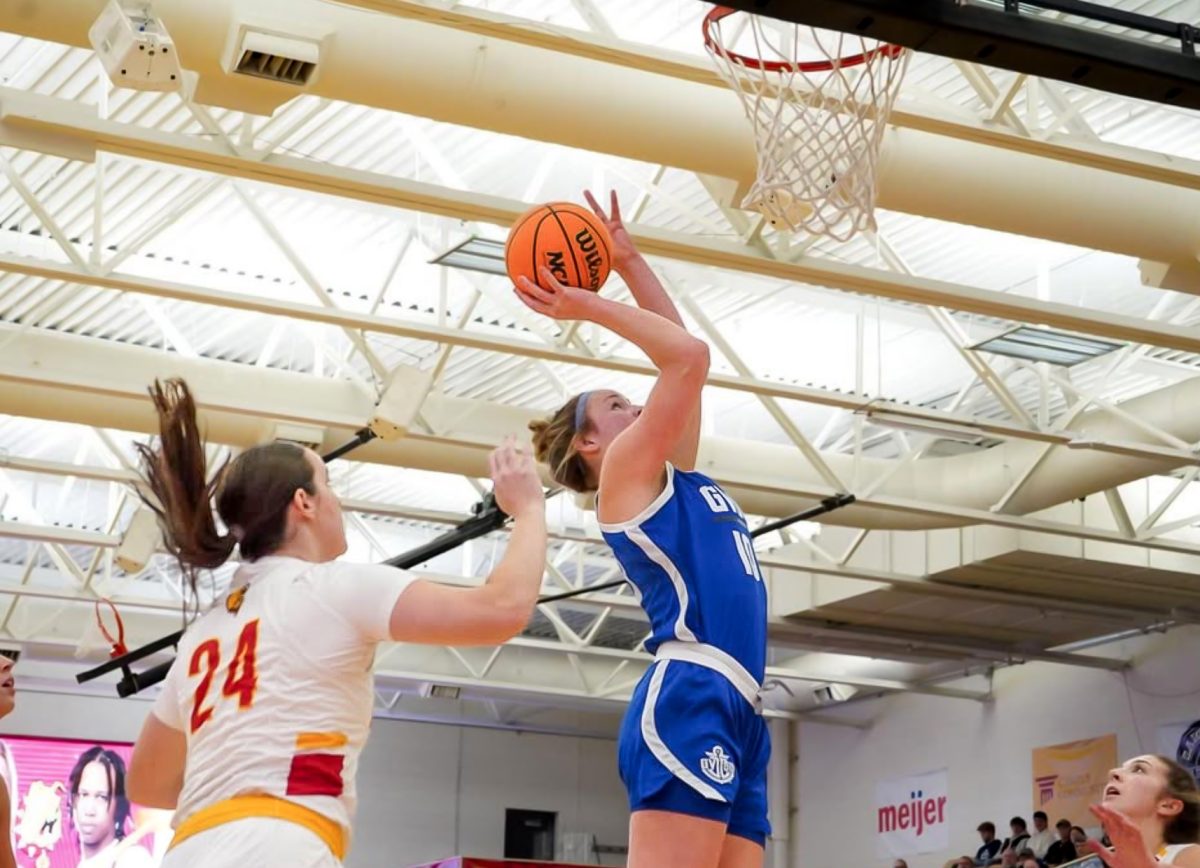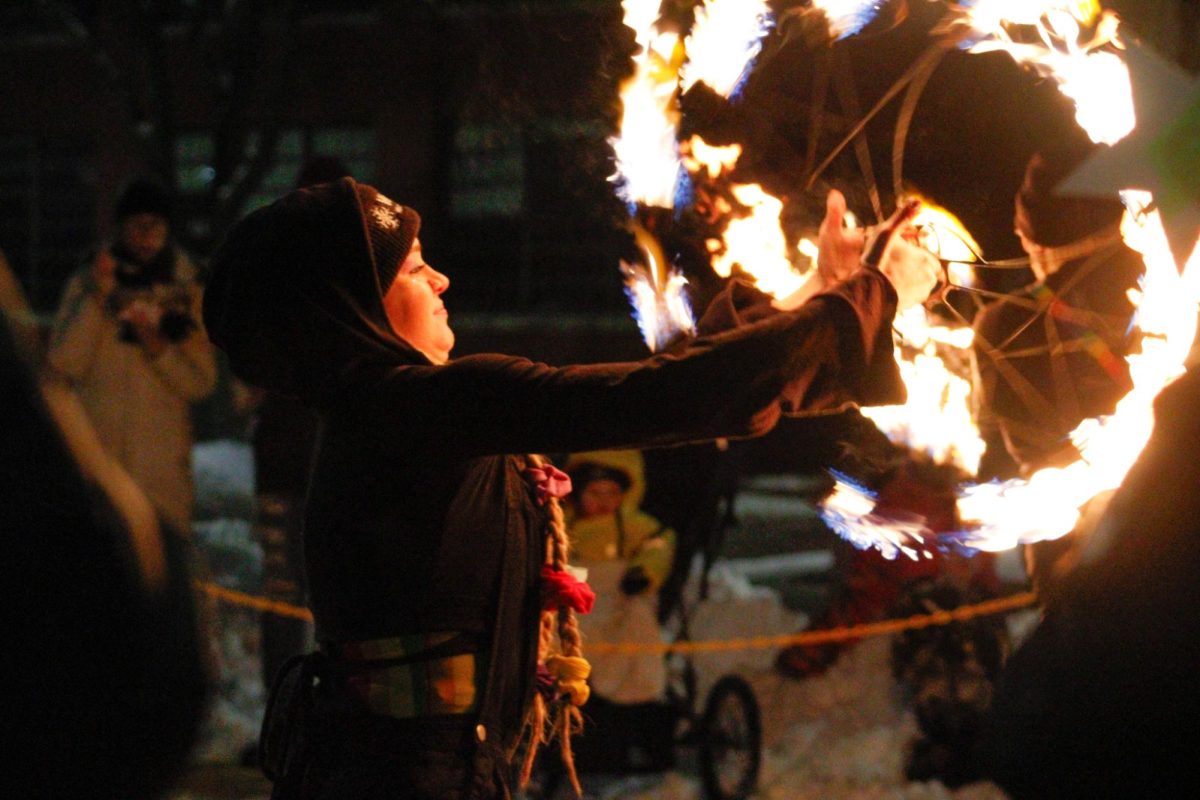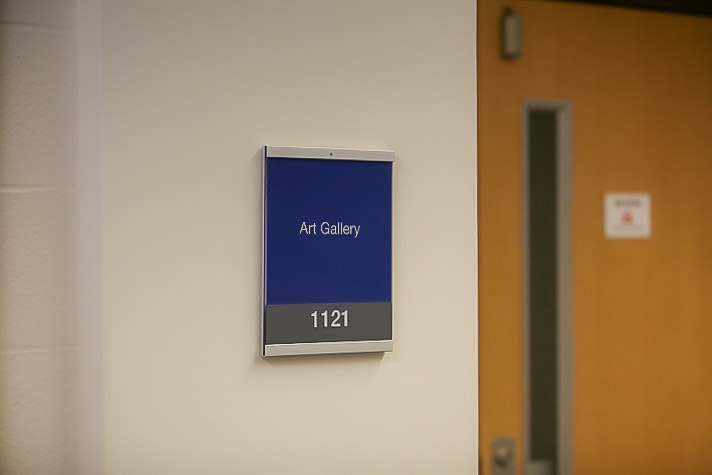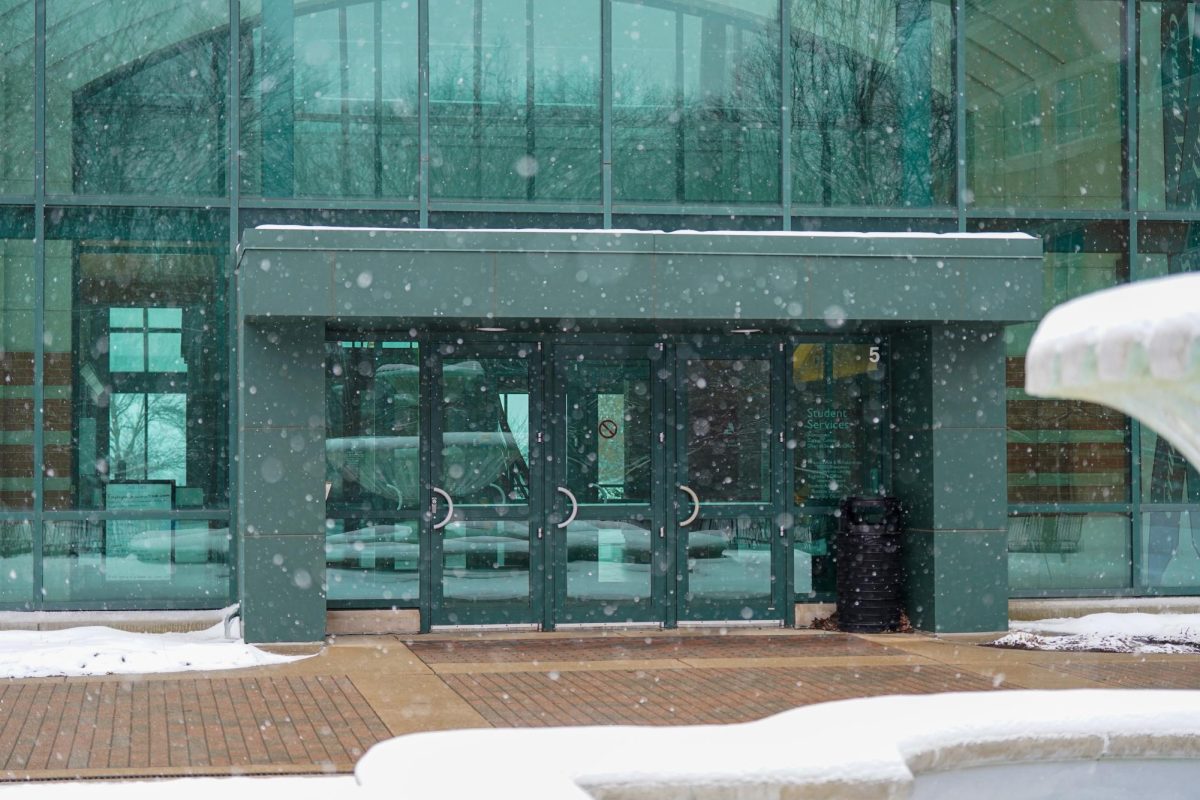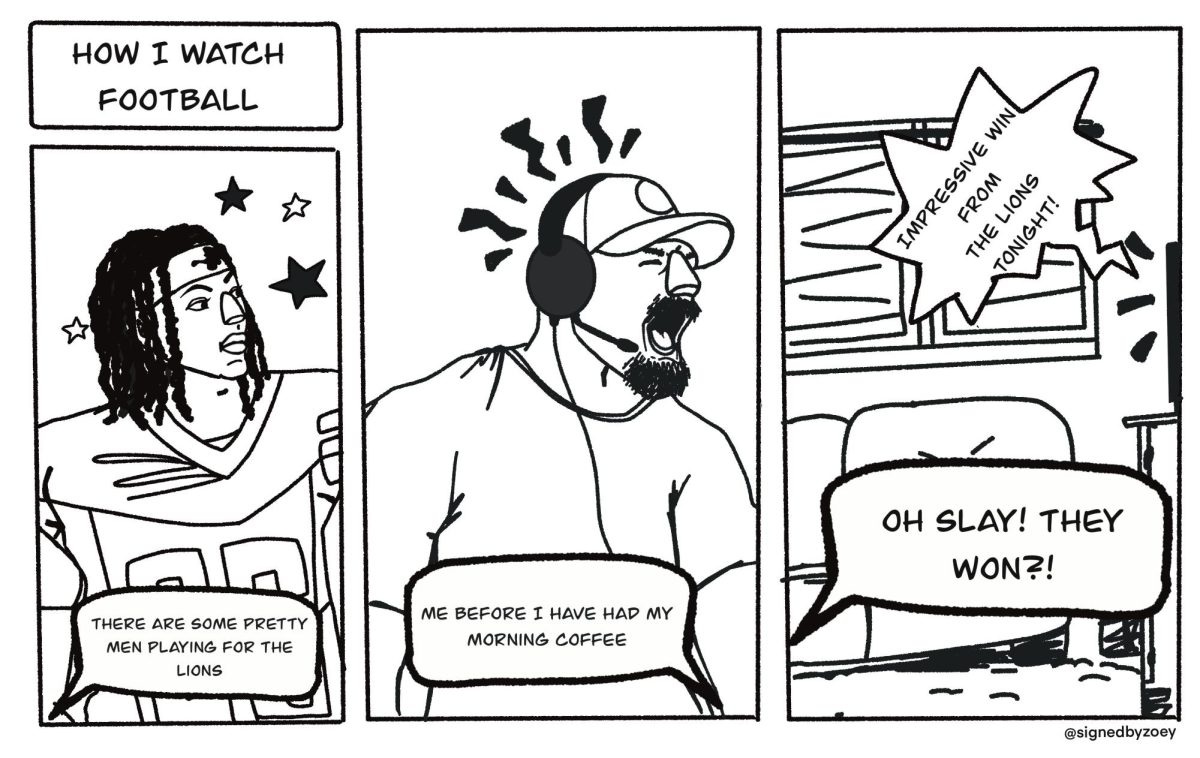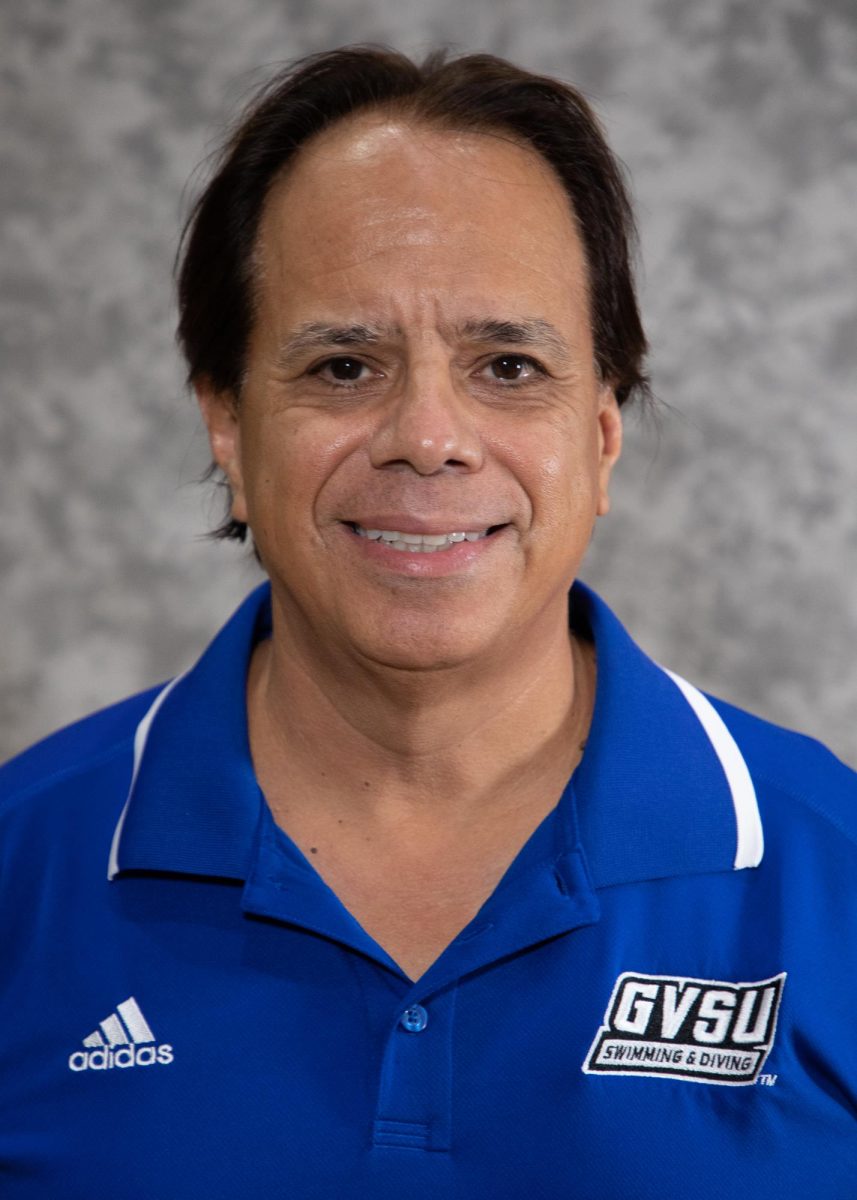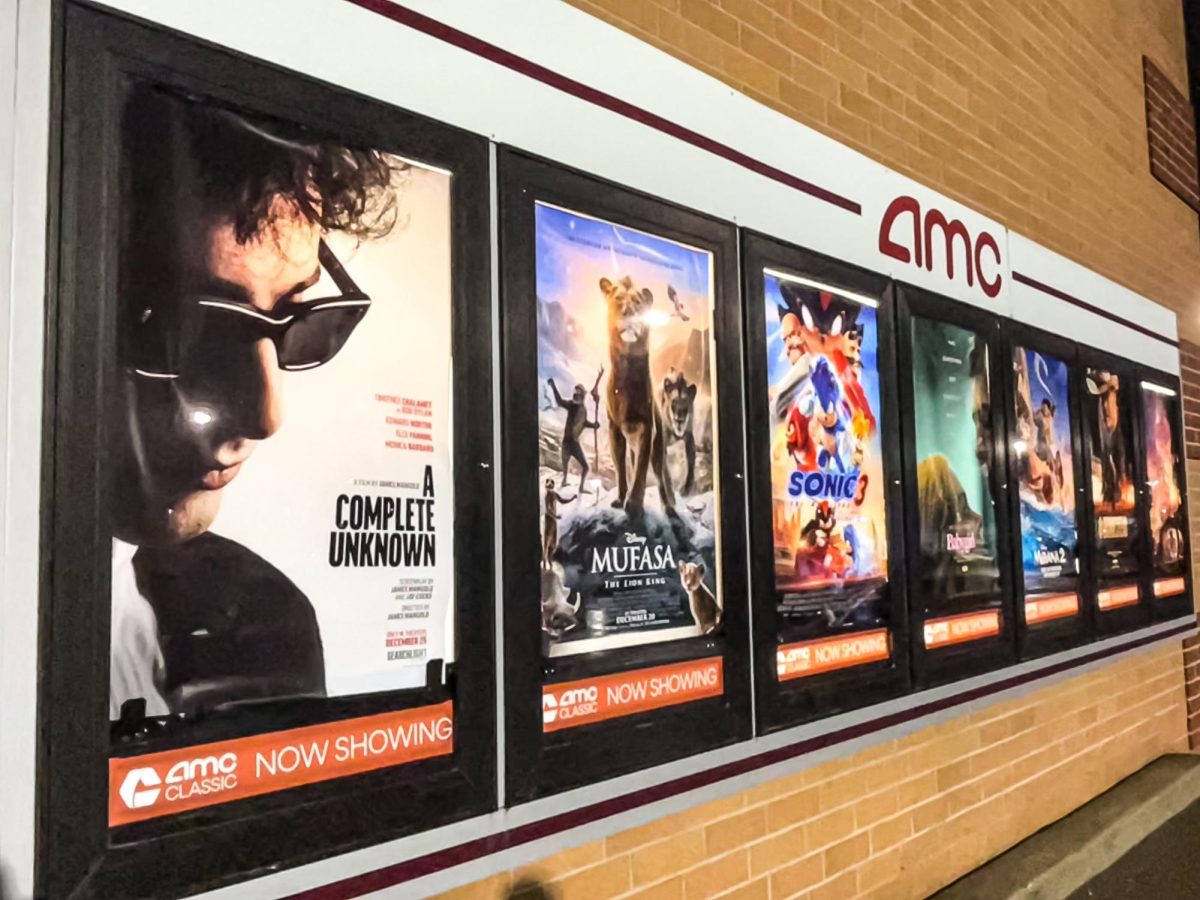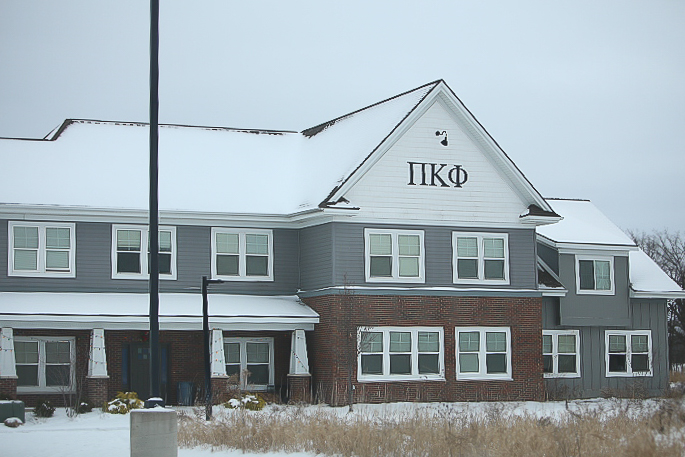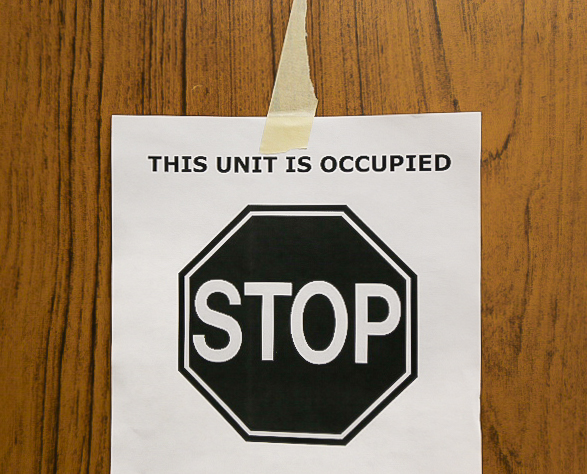AFFIRMATIVE
Mar 15, 2012
The term “affirmative action” has been a sensitive buzz word in higher education for years, and as the legal battle over the constitutionality of Michigan’s Proposition 2 — which disallows colleges and universities from factoring elements like race or gender into their admissions processes — wages on, opponents continue to assert that students should be admitted to colleges based on their test scores and achievements, not on the color of their skin or the number of X-chromosomes they have.
While academic merit is the most important thing in predicting a student’s future success, and will continue to be regardless of the legal verdict on Prop. 2, the view that merit is all that matters ignores the complexities of student success.
Financial realities play an important part in students’ success through their K-12 education, and play an even larger role in determining where — or even whether — someone can afford to pursue higher education. According to the VCU Center for Human Needs 2009 Project on Social Distress, the average household income of black and Hispanic homes — $28,487 and $36,413, respectively — was less than 75 percent of the income of non-Hispanic white households ($48,651) in Michigan. That income disparity translates to a significant difference in the amount of money families can spend on things like tutors or extra books to help students in need of assistance, and, for some families, means parents have less time to work with kids one-on-one as they attempt to make ends meet.
In many cases, it’s not an issue of who’s “smarter,” but rather, whose family has more opportunities.
The extra assistance minority students at Grand Valley State University formerly received, which has since been altered or removed after the passage of Prop. 2, helps to bridge the gap for students who may not have the same family resources to draw upon when attending college as a more advantaged student. These extra scholarships and grants can also help make up for Michigan’s 22-percent gap between white and black graduation rates at public universities (as reported in Bridge Magazine last month), compared to the national average of 16 percent.
At GVSU, there was a 6.1 percent gap in graduation rates between white and black students, meaning minority students spend more time — and thus, more money — obtaining their degrees. Those extra scholarships and grants can help defray those additional costs that exist across races. Hard work should always be a factor in college admissions, but it shouldn’t be the only criteria students in need are judged upon.









